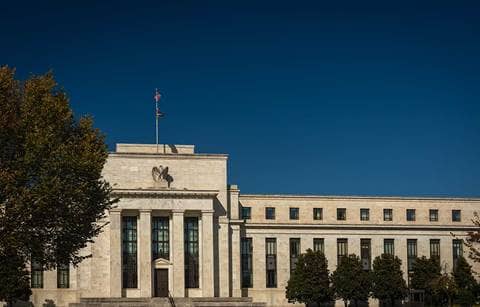Banking in 2009 - NOT Business as Usual
When comparing banking standards and practices today to those of 2007 it’s difficult to believe it’s only been two years. One would think it would take much longer
for the situation to change so dramatically. Let’s do a quick comparison:
2007
2009
The causes of the current credit crunch have been well covered by the media in recent months. Current economic conditions have increased loan payment defaults and the
level of problem loans banks are carrying in their portfolios; banks have experienced, and continue to experience, unprecedented levels of loan losses; and banks’ cost of funds have
increased due to less availability of capital in the market, poor earnings trends, and increasing problem loans and required reserves. The banking industry has certainly had periods of
loosening and tightening credit, but this credit crunch is more severe and will likely be longer lasting than those of the last two decades.
Where does this leave borrowers? Depending on the location, size of credit needs, financial strength, industry, and the amount and nature of their collateral, business credit may not be available at any price from any source. If available, it will be at rates that are much higher for all but the strongest borrowers. Refinancing with a non-bank lender is still an available option for some borrowers, but even these sources are more selective and have increased their rates — which were typically higher than banks to begin with.
In today’s difficult times, most borrowers should do whatever it takes to stay with their bank. All borrowers should:
Borrowers in today’s market have fewer options for refinancing bank debt once they begin experiencing trouble. Therefore, it’s important to keep a working relationship with their current bank until the market turns.
for the situation to change so dramatically. Let’s do a quick comparison:
2007
- Lenders seemed to fall over each other for new business.
- Low interest rates and fees were available for even risky borrowers.
- Loan amounts often exceeded collateral value(s).
- Banks had ample cash to deploy.
- Banks routinely waived covenant violations without consequence.
- Many non-bank lenders waited anxiously to take higher risk loans that traditional banks rejected.
2009
- Banks are focused on managing problem loans and limiting new loan growth.
- Banks are routinely increasing pricing for loans as they mature or miss covenants.
- Few banks are willing to lend beyond the value of the collateral, and many are reducing their advance rates.
- Many banks are limiting or even restricting lending to certain industries.
- Banks are moving large numbers of borrowers and loan officers to their special assets groups (workout groups).
- Few non-bank lenders are willing to take higher risk loans that the traditional banks reject.
The causes of the current credit crunch have been well covered by the media in recent months. Current economic conditions have increased loan payment defaults and the
level of problem loans banks are carrying in their portfolios; banks have experienced, and continue to experience, unprecedented levels of loan losses; and banks’ cost of funds have
increased due to less availability of capital in the market, poor earnings trends, and increasing problem loans and required reserves. The banking industry has certainly had periods of
loosening and tightening credit, but this credit crunch is more severe and will likely be longer lasting than those of the last two decades.
Where does this leave borrowers? Depending on the location, size of credit needs, financial strength, industry, and the amount and nature of their collateral, business credit may not be available at any price from any source. If available, it will be at rates that are much higher for all but the strongest borrowers. Refinancing with a non-bank lender is still an available option for some borrowers, but even these sources are more selective and have increased their rates — which were typically higher than banks to begin with.
In today’s difficult times, most borrowers should do whatever it takes to stay with their bank. All borrowers should:
- Communicate openly and frequently with their bankers.
- Stop the bleeding! Companies with positive cash flow should survive the recession, regardless of how long it lasts. Companies with negative cash flow will eventually fail if the downturn lasts longer than their reserves.
- Forecast weekly cash positions for the next three months. Continually project and update this cash forecast. Do not get caught by surprise!
- Know the options and have several contingency plans in place.
Borrowers in today’s market have fewer options for refinancing bank debt once they begin experiencing trouble. Therefore, it’s important to keep a working relationship with their current bank until the market turns.




